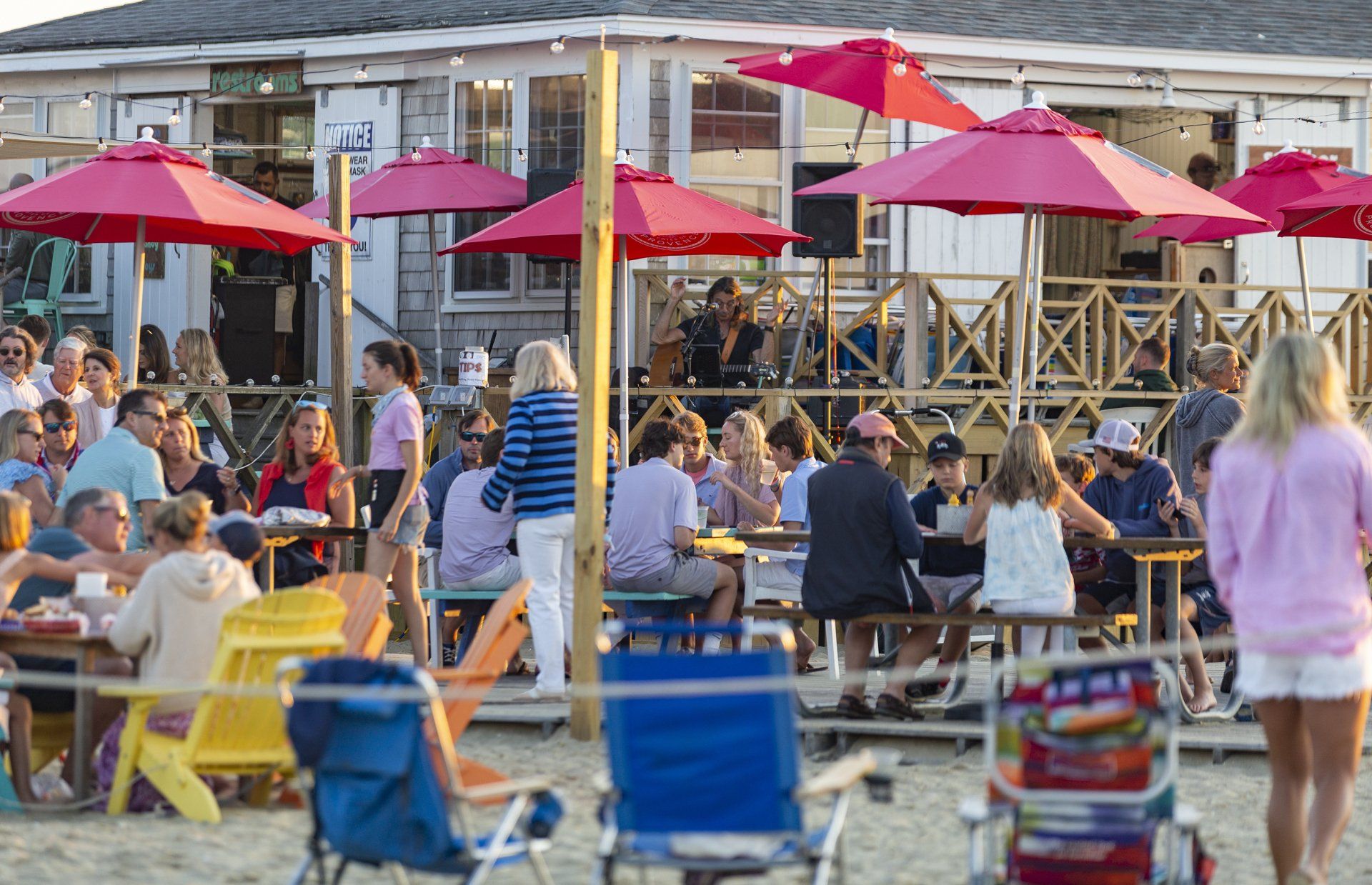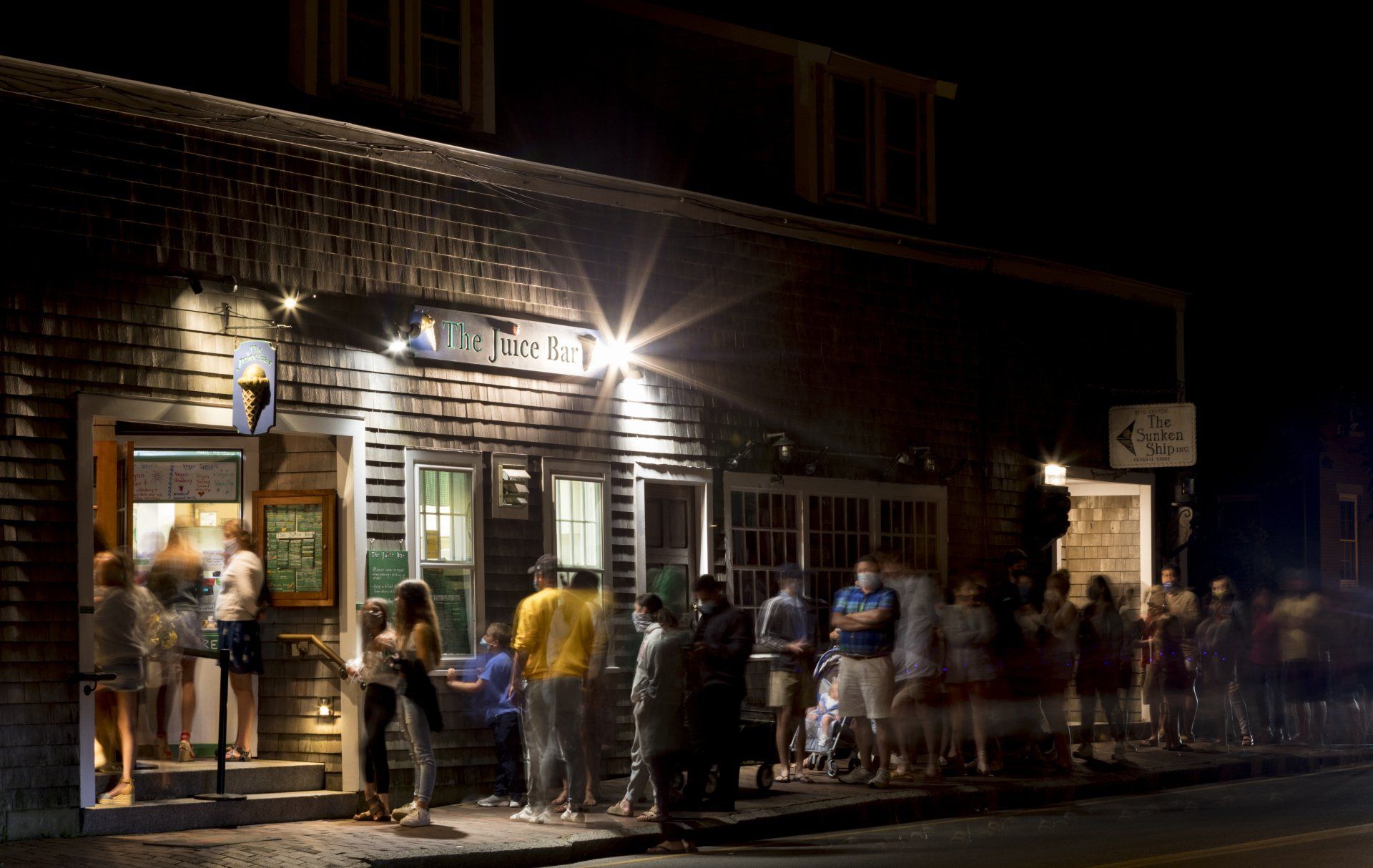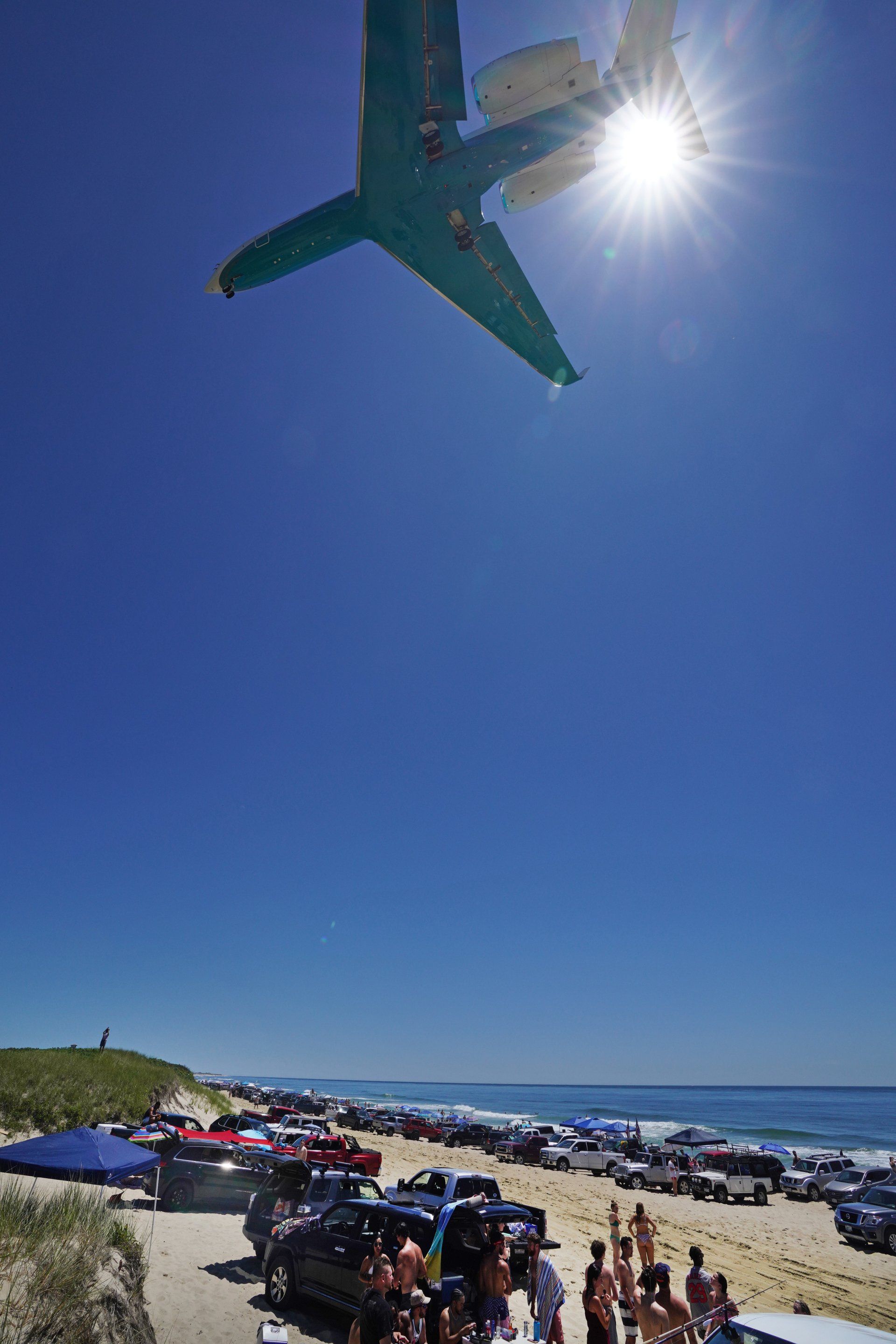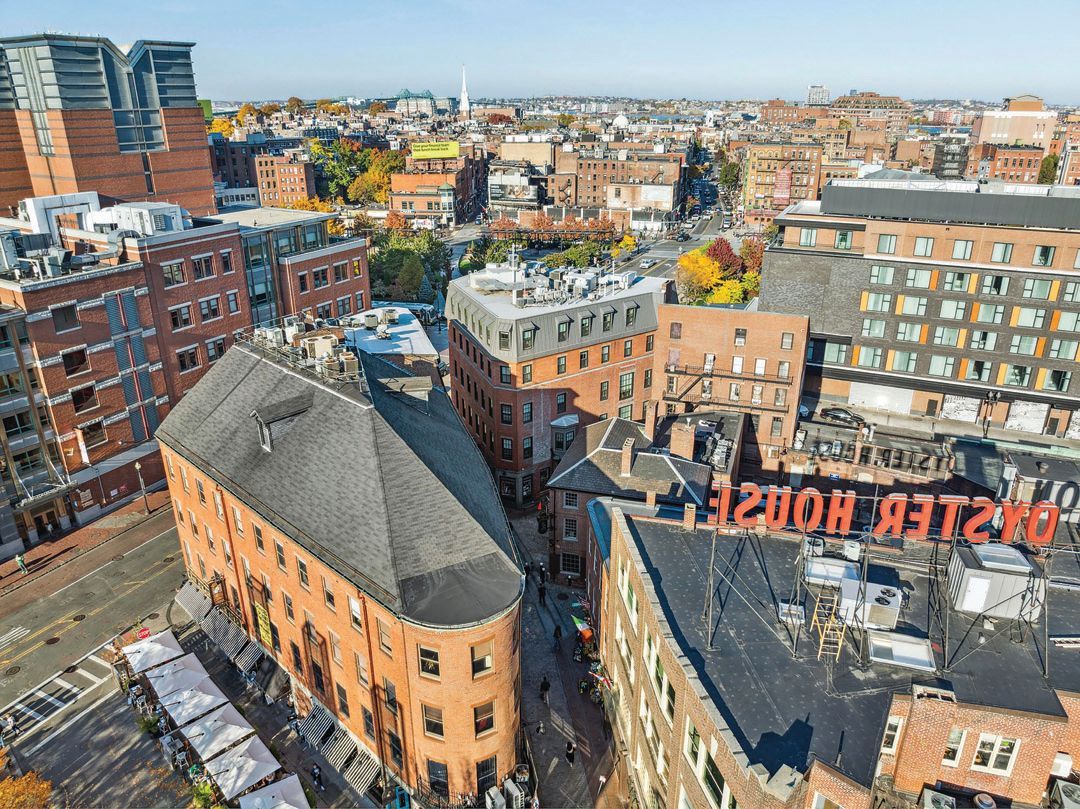COLLISION COURSE?
New data points to an overpopulation problem on Nantucket in the near future.
For over a decade, Nantucket has been the fastest-growing county in the Commonwealth of Massachusetts. For some, rapid population growth signals progress, promising a stronger post-COVID economic recovery. Others point to the island’s finite natural and human resources, continuously strained by a red-hot real-estate market that exacerbates the worsening housing crisis and a comorbid dearth of skilled workers to meet the growing needs of year-round and seasonal residents.
An airport without enough jet fuel, inadequate sanitation infrastructure at billion-dollar beaches, and too few firefighters to protect the major assets of the wealthy? While end-of-days geopolitical rhetoric might seem out of step with day-to-day life on this tiny piece of paradise thirty miles out to sea, there are real concerns for island residents when it comes to unfettered population growth.

In July, the Nantucket Community Data Platform released its latest population analysis. The numbers are still being mulled over by local officials, as the island absorbs the aftershocks of a busy summer season that included a rash of freakish car accidents, multiple petty crimes, and two massive fires. The fires were fought heroically by an understaffed fire department, whose efforts—but for providence and a spell of timely rain—could easily have been overwhelmed by blazes swift and powerful enough to subsume large swaths of the island.
Much in line with what we have all been feeling, CDP’s new Nantucket data set points toward a trend of continuous, exponential growth—confirming a 73.6 percent increase in the peak population since 2014, which, unchecked, will nearly double again in eight years. While a trend-line isn’t necessarily predictive—it doesn’t mean the peak population will reach 100,000 people by 2030—based on CDP’s air-tight, peer-reviewed process, it certainly looks that way.

Town officials, already tasked with resilience planning and mitigation efforts aimed at protecting Nantucket's infrastructure and coastal ecosystems from the inevitable impact of climate change, must now also consider the implications of population surges of this magnitude. With the gridlocked clash of interests in the housing market still very much at play, how can Nantucket plan ahead and avoid becoming a proverbial canary in a coal mine to other coastal communities facing a similar confluence of challenges?
Alan Worden, founder and CEO of CDP, considers the results of the study. “Some of the insights show a trend which is provocative, around which leaders can say, ‘If this growth continued to be a reality, what does it mean for the systems on the island? What does it mean for drinking water, waste, public transportation, schools, tourism, traffic?’ And so we do this not as an academic exercise—we do it as a very practical exercise where leaders can engage with reliable, high-confidence data and ideally do their jobs better.”


As restaurants face the challenge of finding adequate staff housing, an increase in visitors in need of dining options points to a growing demand for pre-packaged foods, which will in turn negatively impact the island’s waste stream and landfill capacity. An increase in peak-season traffic can present logistical impediments to effective law enforcement, especially first responders like firefighters, who are already too few in number and are facing the additional infrastructural challenge of inadequate fire hydrants to protect homes in more remote neighborhoods.
Matt Fee, owner of Something Natural, opines on CDP’s latest findings: “These figures also confirm the difficulty we all are having attracting and retaining staff. More visitors and fewer employees isn’t sustainable.” Fee cites traffic and degraded water quality as ongoing concerns listed in the town’s Comprehensive Community Plan. “Hopefully CDP’s population data, confirming what we are all feeling, will help build the political will to have the tough conversations about what is necessary to retain or enhance the quality of life for all residents.”
But what is the actual tipping point, and is there such a thing as a real constraint? “It’s not the ferries,” says Worden, “and it's not the airlines, either. In fact, flight service to and from Nantucket is set to expand.” Without restrictions on travel to and from the island, the data speaks directly to pressures and constraints felt by the year-round and seasonal labor forces—an 18 percent increase in year-round workers has been offset by a 13 percent reduction in temporary workers. This means that the average peak-season worker is now serving more than twice the number of individuals they did in 2014, a problem seriously exacerbated by the housing shortage. According to Worden, “An overcrowded classroom analogy is not inappropriate here.”
But for many year-round and long-time residents, overcrowding is not just an analogy—it’s a reality ironized by the island’s accommodations toward certain demographics, whose empty homes and corporate de facto hotels serve as echo chambers to the continuous call for affordable housing. Affordable housing is key to attracting and retaining a vibrant middle-class community of skilled and essential workers, without which a universal erosion of the quality of life on Nantucket is inevitable.
While continuous growth in the tourism sector means more consumer spending to fuel the economy, it also invariably brings along a host of undesirables: crowded streets, noise, pollution, car accidents, and crime. A workforce that includes adequate police, firefighters, teachers, and public and healthcare workers is critical to prevent Nantucket’s slide into a dystopic, gated community—a Dickensian juxtaposition of the very rich and the very poor, where we find ourselves looking backward rather than to the future.







